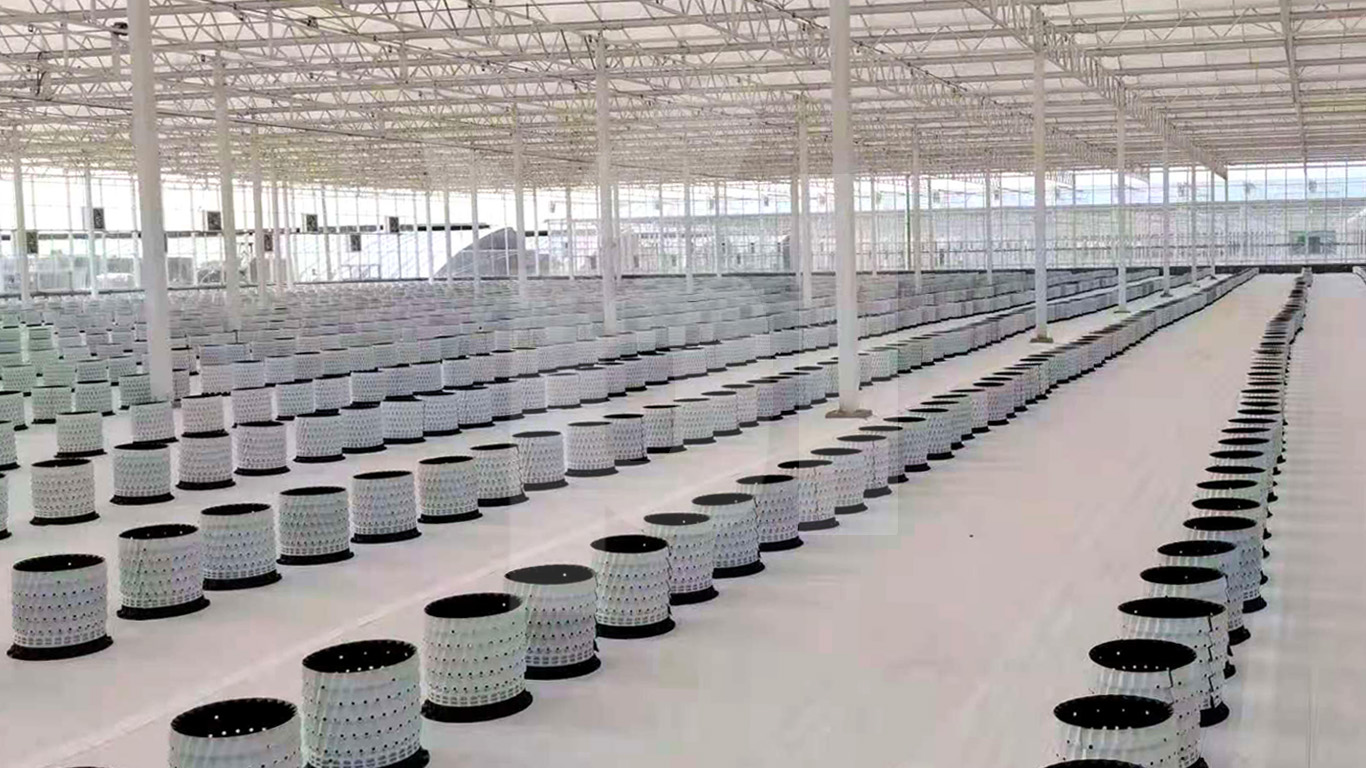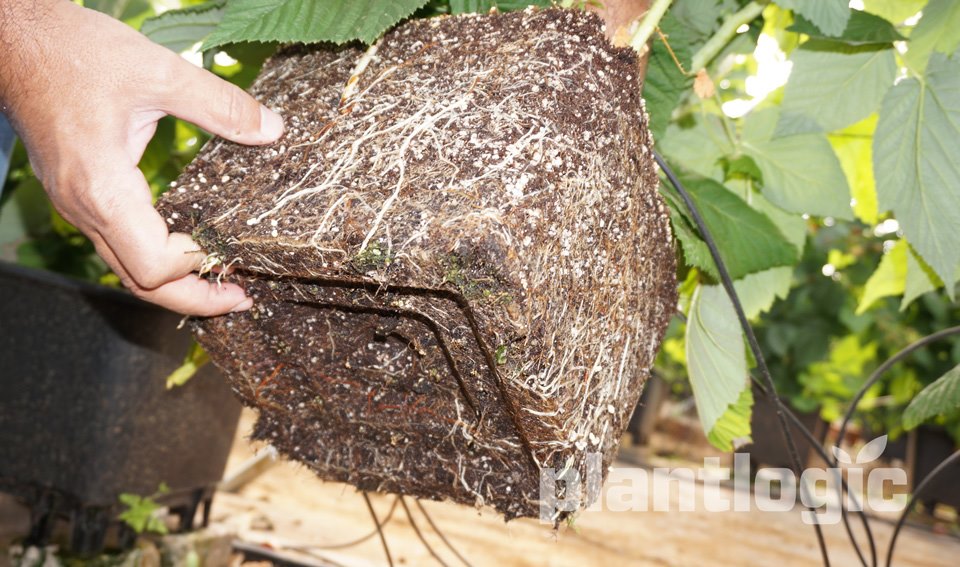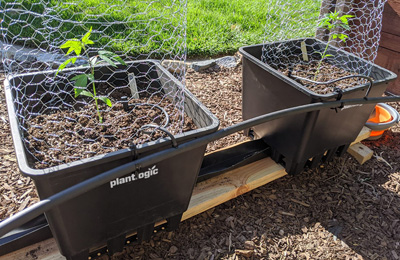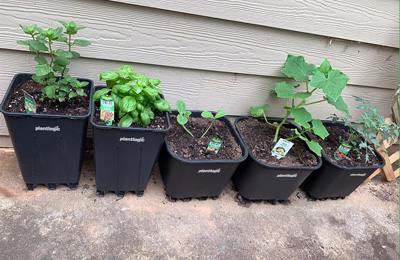The production of food at home has become an important and demanded alternative during the sanitary contingency that is being lived around the world. In recent months, thousands of people have looked for a way to plant in their homes to have food at their disposal and also save money.
Because of this, a wide variety of vegetables and fruits such as peppers, cucumbers, zucchini, carrots, strawberries, blueberries, figs, and others began to be required by the home grower. However, the preference for the production of tomatoes is worth mentioning.
What makes so special?
Tomatoes are one of the most popular vegetables worldwide. Due to its appearance, flavor and consistency, they can be consumed uncooked as well as sauteed, in juices or sauces, providing health benefits because it contains vitamins and minerals.
While is not an expensive product, in some countries, this vegetable can have a high cost. For this reason, people have decided to learn how to grow tomatoes in pots within their homes.
Although its cultivation is not a complicated task, it is important to consider some recommendations to obtain an abundant and good-quality harvest.

Preparing the seed for germination
The first step is sowing the seed, which usually is small (approximately 0.5cm), flat and light brown. In the case of tomatoes, it is recommended to use seedbeds or trays to make the indirect sowing, like the Plantlogic 72 plug seedling nursery tray which is designed to produce consistent, exceptionally high-quality plants by developing healthy, natural root structures.
When the seedbed is ready, the mixture soil or substrate is placed in each space making small holes with a depth of the size of 3 seeds. The seed is inserted and then covered. Finally, it is carefully watered.
It is recommended to have the seedbed indoors, and provide it around 4-5 hours of sunlight, keeping it constantly wet.
Germination of tomatoes can take between 12 and 15 days after sowing, showing the first seedlings which will be transplanted when they have a higher growth.

Considerations for the new space
Before transplanting, you must prepare the pots where the plants will be placed. Square or rectangular shapes are recommended, like the Plantlogic 8 Liter Pot which gives the plants a lot of space to flower, creates a strong root system, and allows the crop to absorb more nutrients and water.
Another recommendation is to grow the plant in a black pot, in this way the temperature increases, and the ideal conditions are provided for the development of the crop. In addition, the pots must have excellent drainage and holes to provide oxygen to the roots, as well as ideal humidity control. The Plantlogic 10L drainage collection pot is the perfect example of this.

It’s transplant time
The first leaves of the seedling or also called false leaves will be thin and long, but after a while, the true leaves will begin to appear. As a recommendation, transplanting can be done 30 to 40 days after sowing, when it has already reached approximately 10 cm high.
To do so, the seedlings must be carefully removed from the seedbed, trying not to hurt the roots. If you see that the roots are pretty coiled, it is recommended that you help uncoil them in a delicate way using your hands.
Next, the seedling will have to be placed in the hole already made in its new place, that is, the pot, and then covered again with a mixture of soil or substrate.
Additional recommendations
Now that the plant is in its new home (pot), it is necessary to continue providing the necessary care:
- Maintain the soil moist, but not in excess because it can cause diseases. It is also advisable to avoid wetting the leaves.
- Remove old or yellow leaves from the plant.
- The plant can be fertilized with compost every two or three months.
- Provide it a minimum of 6 hours of sunlight.
- Do the pruning, eliminating the suckers to direct all the energy of the plant to the future fruits.
- Place the plant in an airy place.
- Be pending of the slightest appearance of insects or pests. If there are, organic pesticides will be recommended
As you have read, tomatoes are one of the easiest vegetables to grow at home and can be very rewarding, therefore, the above mentioned is a basic guide to help you.
Remember that appropriate care and the correct pots will be essential for a successful and abundant harvest.










Leave A Comment
You must be logged in to post a comment.